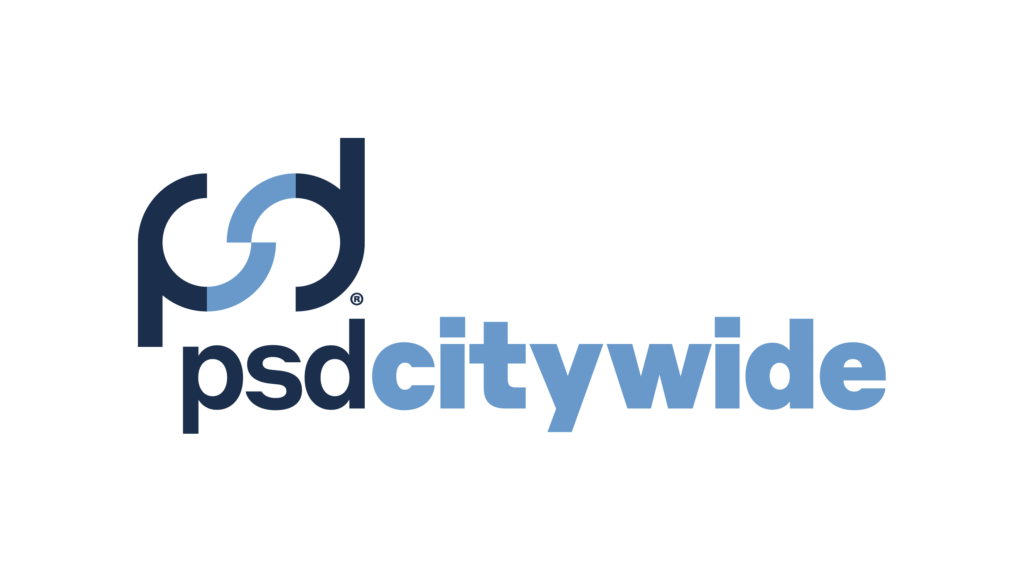By: Lindsey Marchessault
Imagine a world where public sector procurement is simple, strategic, and successful. These words may sound like a fantasy to many public sector employees. For most government staff, procurement is complicated, risky, and oftentimes, the outcomes are disappointing. For companies, doing business with the public sector can be equally daunting: lengthy processes, reams of paperwork, and a perception that only those with ‘connections’ have a chance to win. As a result, women-led businesses and other under-represented groups are particularly scarce as government suppliers. Local governments are big buyers. In the U.S. alone, state and city governments collectively spend 1.6 trillion dollars per year[1]. So, getting these systems right can make a big impact.
However, there is a better approach: open contracting.
Open contracting is an approach to reforming government procurement systems that involves taking a step back from the day-to-day and working with stakeholders to identify the bottlenecks and barriers in the procurement system, and identify a path to change that will result in improved efficiency, fairness, inclusion, and effectiveness. Getting the right people in the room to set goals and design the project objectives is the critical first step. Luckily, there is detailed guidance available on how you can plan, communicate, and implement successful public contracting reform projects.
To get there usually involves getting better data about public procurement and using it to help diagnose the problem and shape indicators for measuring success. With data, reform teams can look at the performance of the procurement process, such as the rates of participation by small businesses, women-led businesses and other represented groups (or look into other issues, like why food procurement seems to be resulting in high prices and frequent shortages). For those wondering how they can start to bring together and open up public contracting data, the Open Contracting Data Standard is a great guiding framework being used in more than 30 countries around the world, to structure and publish information about the planning, award, and implementation of public contracts.
Once there is some data to understand the problem, reform teams can reach out to people who are affected by or who may be able to help fix the problem to brainstorm potential solutions, such as changes to policies, practices, systems, or even laws and regulations. And, once these changes are implemented, data can be used to measure the results. Successes can be showcased and celebrated and, if there is still room for improvement, the team can iterate and keep making improvements.
WHERE HAS OPEN CONTRACTING WORKED?
Montreal, Canada
In Montreal, a need to open up city contracts came from the findings of the Charbonneau Commission which found evidence of widespread corruption in the city’s construction deals [2]. So, in 2015, the city decided to start publishing open data about its contract awards using the Open Contracting Data Standard. They also created a user-friendly Vue sur les Contrats portal to make it easier for city staff and the general public to search and filter for contracts. Since this relatively modest reform, city staff have reported finding the data very useful internally (to understand current and past agreements between the city and potential suppliers, helping with due diligence) while also improving oversight by media and civil society. The provincial government of Quebec has recently committed to publishing OCDS data about its public sector procurement in its new Open Government Partnership action plan.
Buenos Aires, Argentina
In Buenos Aires, a team within the city government began using open contracting approaches to expand economic opportunity for small and medium enterprises (SMEs) as part of an open contracting impact accelerator program called Lift. When Covid-19 hit, they pivoted to improving the transparency and oversight of the emergency contracts. They were able to build buy-in across departments to ensure that all emergency contracts related to COVID-19 are updated weekly. This has improved transparency and is creating a new channel to encourage local businesses to participate in emergency public sector procurement.
Meanwhile, the Lift team continues to push ahead with their central goal of expanding opportunities for SMEs. The team has achieved their preliminary aim of building strong buy-in from across city hall for the project and developed strong ties with key departments. They have also identified opportunities for more engagement with SMEs by analyzing data from the city’s current engagement. Prior to the pandemic, the team made progress on their strategy to lower the barriers to entry for smaller businesses through user research and (virtual) training programs for SMEs.
Cali, Colombia
In the City of Cali, Colombia, the local government used open contracting to create jobs for breadwinning moms building on several years of reforms. In January 2017, the City’s Administrative Public Procurement Office was created, elevating procurement to a high level government function. New strategies to improve opportunities for contractors were adopted, which involved making institutional and regulatory reforms [3]. They developed a new system that prioritized high quality procurement over reporting and control, transitioned to a new electronic procurement platform (hosted by the national government) and trained more than 500 vendors in using data tools like the Opportunity Finder to learn about upcoming contracts.
More than 700 businesspeople, entrepreneurs and citizens attended the city’s supplier conference held in September 2019. Now, vendors are regularly invited to speak with city hall, and procurement officers have developed technical skills and received training to become “conscious buyers” to see how each action they take changes lives.
Transparency and openness were also enshrined in the city’s procurement strategy. The mayor’s office endorsed public contracting as a tool of social progress. In a pioneering move, the government passed a law to include a “social clause” in some of the city’s contracts that requires at least 10 percent of a supplier’s employees to be women head of households, creating jobs for women in sectors that are traditionally male-dominated, such as security, technology services and property maintenance.
In the City of Poltava in central Ukraine, the Regional Clinical Oncology Dispensary — a specialist cancer clinic with 380 beds — benefited from the introduction of open contracting in a new national electronic procurement system to use electronic reverse auctions to purchase the chemotherapy drug, Cisplastin. They paid two-thirds of the amount expected, which allowed them to administer chemotherapy treatment to patients free-of-charge for an additional month. The clinic has used the e-procurement system to buy other medicines, as well as medical supplies, dressings and fuel, which has cut procurement times and saved UAH 176,000 that was then spent on urgent medicines, so that patients received treatment faster.
Hopefully, these stories help to illustrate what is possible when people get together to think differently about the ‘wicked problem’ of public sector procurement.
Getting Started
If you are interested in improving fairness and inclusion of historically under-represented groups, you may want to check out this report on ‘game-changing solutions’ that local governments can implement. If you are interested in improving gender balance among government suppliers, these insights might help. If you want to improve efficiency, value for money and integrity, check out these diagnostic indicators for assessing the effectiveness of your procurement systems. And, if you want to open up procurement data in order to help pursue these goals, check out the Open Contracting Data Standard.
LINDSEY MARCHESSAULT is Open Contracting Partnership’s Director for Data and Engagement. She leads OCP’s engagement with country implementers, is responsible for the stewardship of the Open Contracting Data Standard (OCDS) and manages the OCDS helpdesk. She also oversees our research portfolio. In her work, she advises on legal and policy reform to implement open contracting and supports the co-creation of tools, methodologies, and feedback loops to ensure that open contracting delivers impact.
Lindsey is a lawyer who previously worked with the World Bank, the International Centre for Settlement of Investment Disputes, and in private practice in Canada.
[2] https://www.cbc.ca/news/canada/montreal/charbonneau-corruption-inquiry-findings-released-1.3331577



